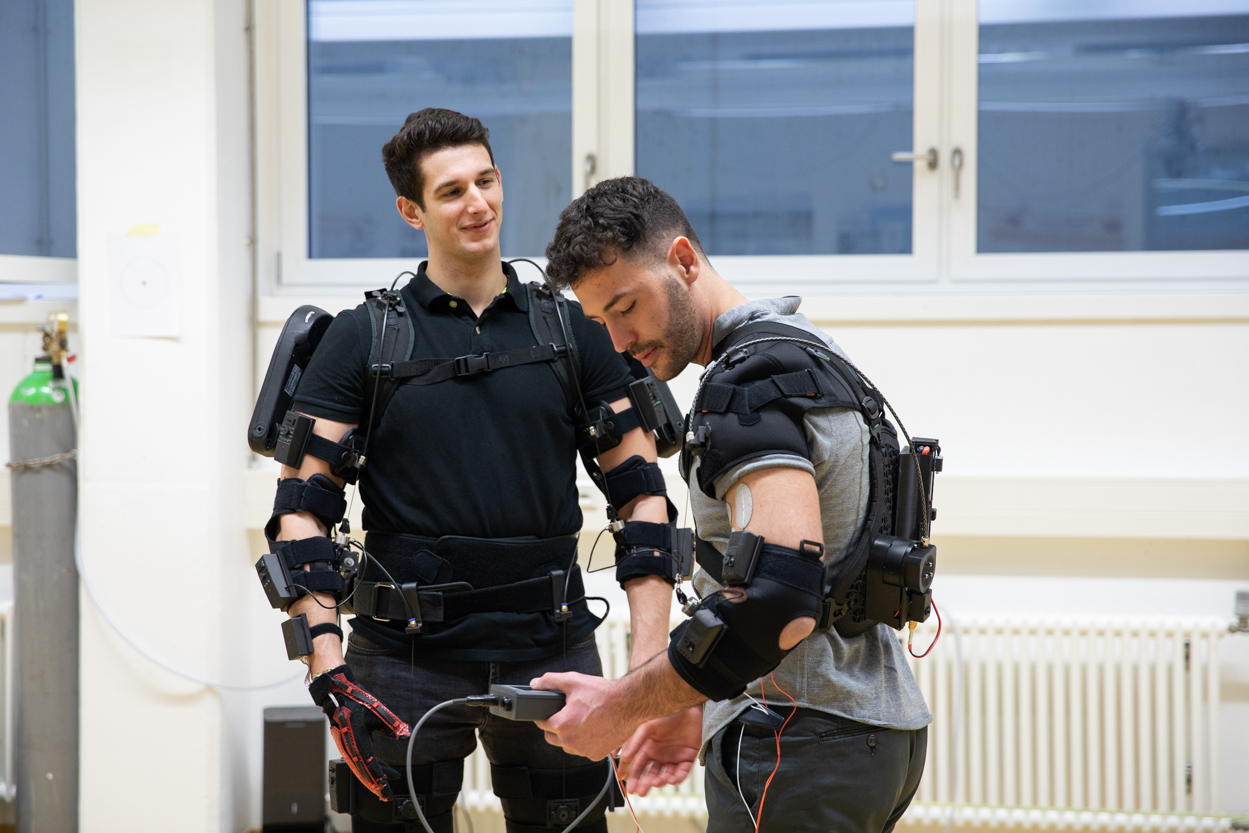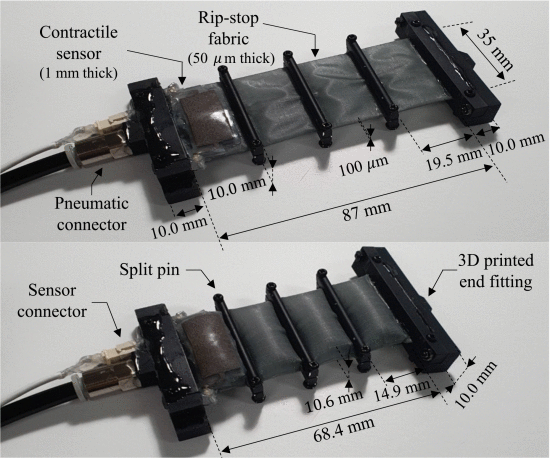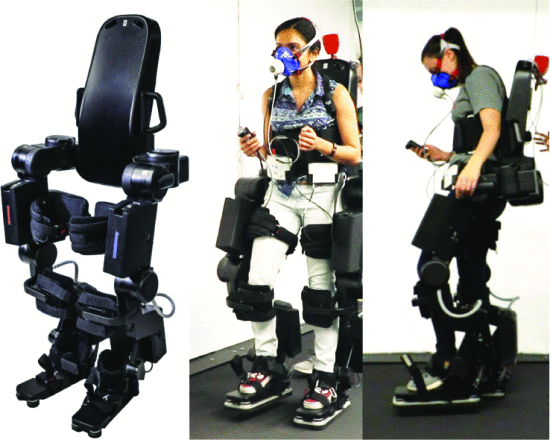Scope
The IEEE Robotics and Automation Society (RAS) Technical Committee (TC) on BioRobotics was formed with the goal of providing a forum and dissemination mechanism for the interaction between biologist and roboticist and to present biology as a learning tool for novel engineering paradigms. The TC on Bio Robotics is a well-established TC that supports the IEEE-EMBS International Conference on Biomedical Robotics and Biomechatronics, a central venue for research on Bio robotics. It also supports the organization of workshops/special sessions at major robotics conferences (ICRA, IROS, RO-MAN, BIOROB) on a regular basis.
In recent years, the benefits of biologically inspired approaches have become increasingly clear in engineering design. While the level of detail can vary significantly, it is widely accepted that some form of biological influence can enhance the performance of robotic systems. Living organisms are complex systems exhibiting a range of desirable engineering characteristics that have proved difficult to realize using traditional engineering methodologies. Research in this field has successfully fused techniques from sensor development, artificial intelligence, neuroscience, simulation/modeling, and robotics.
Biologically inspired robotics is characterized by a multidisciplinary approach that aims to strengthen the collaboration between roboticists and biologists. The IEEE Robotics and Automation Society (RAS) Technical Committee (TC) on Biorobotics was formed with the goal of providing a forum and dissemination mechanism for the interplay between biological and artificial (autonomous or semiautonomous) systems and to present biology as a learning tool for novel engineering paradigms. Thus, the scope of the research in biorobotics covers two main approaches: 1) the application of biological concepts/strategies to improve the current capabilities of robots, for example, extending the robot’s flexibility and robustness by adopting design principles of biological systems and 2) the application of advanced robotic technology to improve the current techniques/ methodologies adopted by biologists.

Upper limb exosuits (by courtesy from Heidelberg University)

Compact Flat Fabric Pneumatic Artificial Muscle (by courtesy from KAIST)

Lower-Body Exoskeleton (by courtesy from California Institute of Technology)